Oreo the Dog Running Again Thanks to His 3D Printed Kneecap
Every dog has its day, and Oreo is one dog with some good days going for him.
Oreo is a Canadian dog living a pretty good life… well, now he is. A little more than three years ago, the pup dislocated his left hind knee cap (patella). That’s a pretty painful condition to be in, and the injury was bad enough that the patella was surgically removed. That solved one problem — a patella can’t be dislocated if it isn’t there at all — but created a new one as Oreo then walked with a limp that would never go away.
If, though, the patella were to be replaced, the limp could go away and this mixed breed dog could romp again, pain-free. His veterinarian contacted the Orthopaedic Innovation Centre (OIC) in Winnipeg, Manitoba, looking for a solution. And so began an odyssey of cross-disciplinary cooperation to help out one little dog. His caretakers included a team of veterinary surgeons, orthopaedic surgeons, and biomedical engineers working together (though physically thousands of miles apart), to create a custom patella implant just for Oreo.
 The OIC is a research/testing/clinical validation facility working with medical devices, and the team there often uses 3D printing technology. We’ve seen many examples of the usefulness of 3D printing to shorten creation processes for devices, including highly specific medical devices. This seemed like a winning strategy to address Oreo’s problem.
The OIC is a research/testing/clinical validation facility working with medical devices, and the team there often uses 3D printing technology. We’ve seen many examples of the usefulness of 3D printing to shorten creation processes for devices, including highly specific medical devices. This seemed like a winning strategy to address Oreo’s problem.
It wasn’t just a good strategy in theory: the entire process didn’t just work, but it worked fast.
“In Oreo’s case, we were able to produce a custom-tailored implant in only four days including design, analysis, physical testing and manufacturing,” said Martin Petrak, president of Orthopaedic Innovation Centre. ” As we move down the learning curve, it will probably be possible to produce similar implants in only a day or two.”
The OIC created a digital, scale model of a donated patella that was then converted into a CAD model. The design was customized to fit Oreo’s exact size by using x-rays of his other patella to ensure that the new piece would fit his femur and quadriceps. Following a successful model, the OIC used its Stratasys Fortus 400mc 3D Production System to print the new patella. The Stratasys printer can create medical objects using bio-compatible polycarbonate to fit safely into a living body.
The Stratasys-printed patella was created via an FDM printing process, which has been proven to work well for biomedical applications. Petrak explains why:
“FDM is an ideal 3D printing technology for implant manufacturing because it is capable of producing strong, durable, biocompatible parts with the right physical properties. With FDM, we can tailor the implant to perfectly match the recipient’s
anatomy which has the potential to provide dramatic improvements in functionality and recovery time.”
Oreo’s surgery involved implanting the sterilized piece into his leg, attaching it to the tendon and quadricepts via polypropylene sutures. And Oreo himself? Just eight weeks post-op, he was good-as-pup again! His revamped leg was up to everything, doing just fine weight-bearing, with a full range of motion, and fully up to the normal dog tasks of walking, running and jumping.
It’s been more than three years now since Oreo’s patella replacement, and he’s still doing just fine. Would you get your dog a 3D printed patella replacement? Let us know what you think over at the 3D Printed Dog Patella forum.
Source: 3Dprint.com

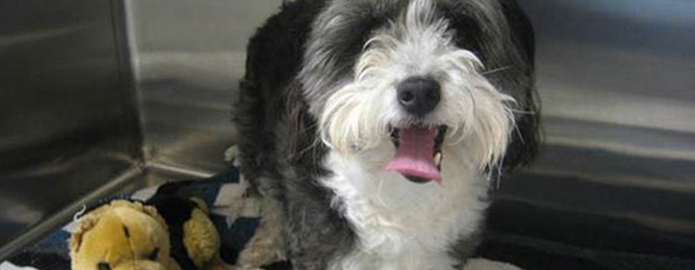

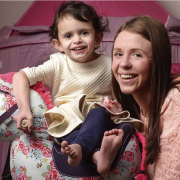
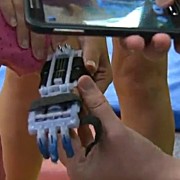
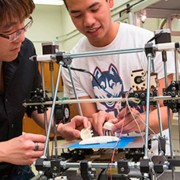
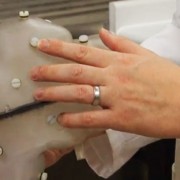
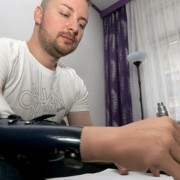
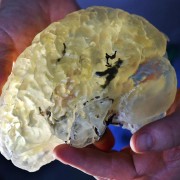
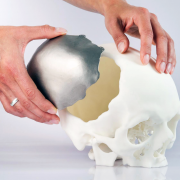
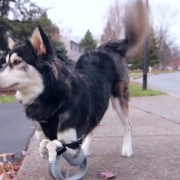



Leave a Reply
Want to join the discussion?Feel free to contribute!